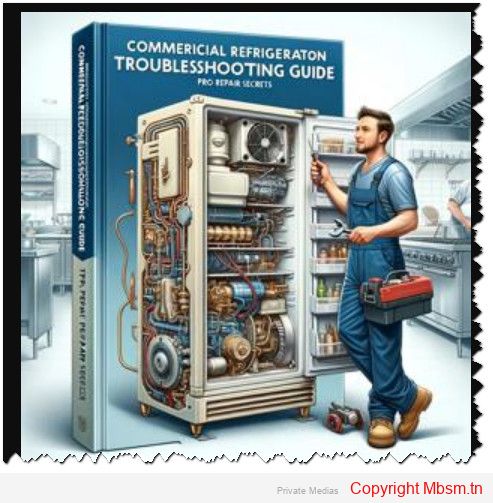Mbsm.tn, Freezing Techniques in Commercial Refrigeration: Best Practices and Tips
Category: Machine Learning

In the food industry, effective freezing techniques are essential for preserving product quality, safety, and nutritional value. Various methods are employed in commercial refrigeration to achieve optimal freezing results. Here’s an overview of the best practices and tips for freezing techniques.
Common Freezing Methods
- Blast Freezing
- Description: This method involves circulating cold air over food products to rapidly remove heat. Cold air is blown from one end of the chamber while warm air is sucked from the other, passing through cooling coils that contain refrigerants15.
- Advantages: Economical and effective for large batches of food; modern upgrades have led to quicker freezing times with technologies like Individual Quick Freezing (IQF)13.
- Disadvantages: Slower than some advanced methods, leading to potential quality loss due to prolonged exposure to varying temperatures1.
- Cryogenic Freezing
- Description: Utilizes liquid nitrogen or carbon dioxide to freeze products at extremely low temperatures (around -90°C) almost instantaneously18.
- Advantages: Rapid freezing minimizes ice crystal formation, preserving texture and flavor. Ideal for high-quality products such as seafood38.
- Disadvantages: Higher operational costs compared to traditional methods.
- Contact Freezing
- Description: Involves placing food in direct contact with cold surfaces or plates, often using water as a freezing medium1.
- Advantages: Efficient for bulk products and minimizes oxidation and dehydration1.
- Disadvantages: Requires thawing of entire blocks even if only a portion is needed, which can compromise quality upon refreezing1.
Best Practices for Effective Freezing
- Rapid Freezing: Freeze food as quickly as possible after preparation to maintain freshness and minimize ice crystal formation. Ideally, food should not sit at room temperature for more than two hours before freezing9.
- Temperature Control: Ensure that freezers operate at safe temperatures (below -18°C) to effectively halt microbial growth and preserve food quality. Regularly check and calibrate thermostats69.
- Airflow Optimization: Maintain proper airflow within freezers by avoiding obstructions near evaporators. This ensures efficient cooling and uniform freezing rates across all products25.
- Proper Storage Techniques:
- Regular Maintenance: Conduct routine inspections of refrigeration systems, including cleaning condenser coils and checking refrigerant levels. Address any issues promptly to prevent breakdowns and ensure consistent performance6.
Conclusion
Implementing these freezing techniques and best practices in commercial refrigeration can significantly enhance food preservation efforts. By choosing the right freezing method, maintaining optimal conditions, and ensuring regular maintenance, businesses can deliver high-quality products while minimizing waste and maximizing efficiency.